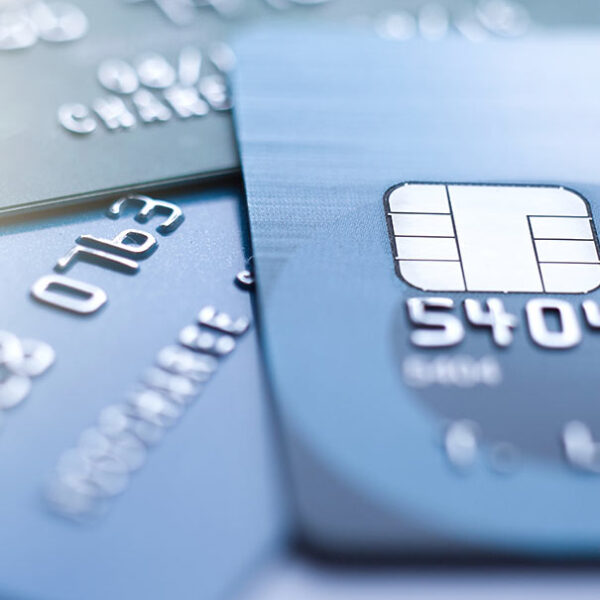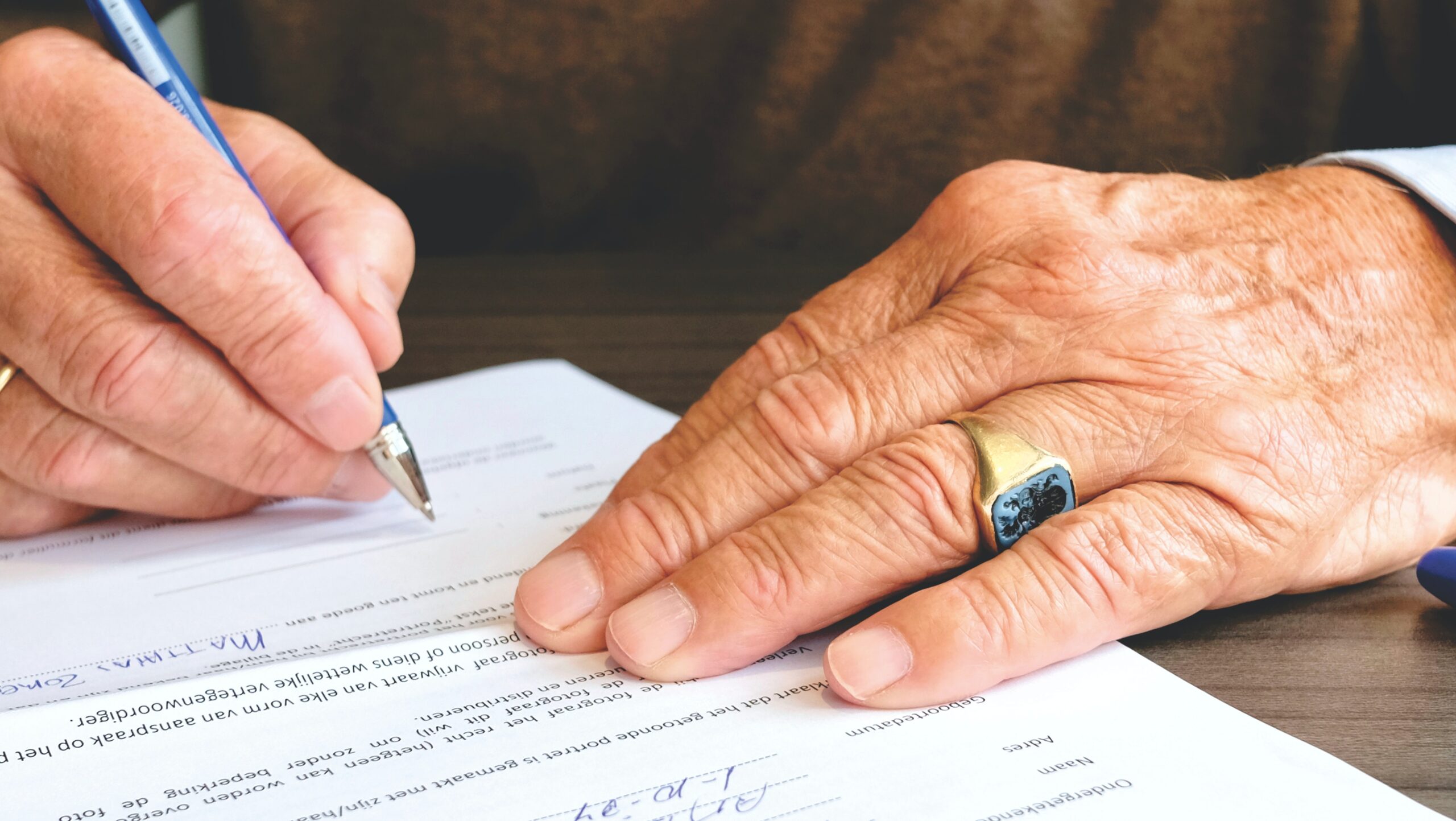Residential Lease Agreement Essentials
When it comes to renting a residential property, a well-crafted lease agreement is an essential tool for both landlords and tenants. This legally binding document outlines the terms and conditions of the rental arrangement, helping to protect the rights and interests of all parties involved. While we acknowledge that you can quickly find a Lease Agreement on the Internet, you should be aware of some key essentials. In this blog, we’ll explore the key elements of a residential lease agreement to ensure you’re well-informed and prepared for a smooth rental experience.
1. Parties Involved:
The lease agreement should clearly identify the parties involved – the landlord and the tenant. Include their full legal names and addresses to avoid any ambiguity. Also, mention if there are any co-tenants or guarantors.
2. Property Description:
Precisely describe the rented property. Include the address, unit number (if applicable), and any specific features or amenities that come with the property, such as parking spaces, storage units, or appliances.
3. Lease Term:
Specify the duration of the lease. Most residential leases are for one year, but shorter or longer terms can be agreed upon. Make it clear whether the lease will automatically renew or if the tenant must vacate at the end of the term.
4. Rent Amount and Due Date:
Clearly state the monthly rent amount and the due date. Also, mention the acceptable methods of payment and any late fees or grace periods if applicable. It’s essential for both parties to understand the financial obligations involved.
5. Security Deposit:
Outline the amount of the security deposit and the conditions under which it will be returned. Common deductions from the security deposit include unpaid rent, cleaning fees, and repairs for damages beyond normal wear and tear.
6. Maintenance and Repairs:
Detail the responsibilities of both the landlord and tenant regarding maintenance and repairs. Typically, landlords are responsible for major structural repairs, while tenants are responsible for day-to-day maintenance and small repairs. Make sure the tenant knows how to report maintenance issues.
7. Utilities and Services:
Specify which utilities and services are included in the rent (e.g., water, gas, electricity, internet) and which the tenant is responsible for. This avoids confusion and disputes over utility bills.

8. House Rules and Regulations:
Include any rules and regulations governing the use of the property, such as noise restrictions, smoking policies, or pet policies. Tenants should be aware of these rules to maintain a harmonious living environment.
9. Entry and Inspections:
Clearly state the landlord’s right to enter the property for inspections, repairs, or other legitimate reasons. Most states have laws regulating the notice period required before entry.
10. Termination and Renewal:
Outline the process for terminating the lease, including the notice period required by both parties. Specify the conditions under which the lease can be terminated before the end of the term (e.g., eviction, non-payment of rent, breach of lease terms).
11. Dispute Resolution:
Include a clause that outlines the procedure for resolving disputes between the landlord and tenant. Mediation or arbitration may be options to consider before pursuing legal action.
12. Signatures:
Both parties should sign and date the lease agreement to make it legally binding. Make sure all individuals involved in the rental arrangement, such as co-tenants or guarantors, also sign the document.
13. Additional Clauses:
Depending on your specific situation, you may need to include additional clauses in the lease agreement. These could relate to property-specific conditions, such as a swimming pool or garden maintenance, or any unique arrangements you’ve agreed upon with your tenant.
14. Legal Compliance:
Ensure that your lease agreement complies with local, state, and federal laws. Rental laws vary by location, so it’s crucial to research and incorporate any necessary legal requirements into your lease.
15. Keep Records:
Both parties should keep copies of the signed lease agreement for reference throughout the tenancy. It’s also a good practice to document any communication related to the lease in writing.
A well-constructed residential lease agreement is not just a piece of paper; it’s a roadmap for a successful landlord-tenant relationship. It helps prevent misunderstandings, protects the interests of both parties, and provides a legal framework for resolving disputes. Before signing any lease agreement, both landlords and tenants should thoroughly read and understand the terms and seek legal advice if needed.
Remember that lease agreements can be customized to meet the specific needs of the parties involved, but they must always adhere to the relevant laws and regulations. If you’re unsure about any aspect of the lease agreement, consult with a legal professional or seek guidance from local housing authorities or a professional property management company. By doing so, you can ensure a smooth and hassle-free residential rental experience for everyone involved.
Author












